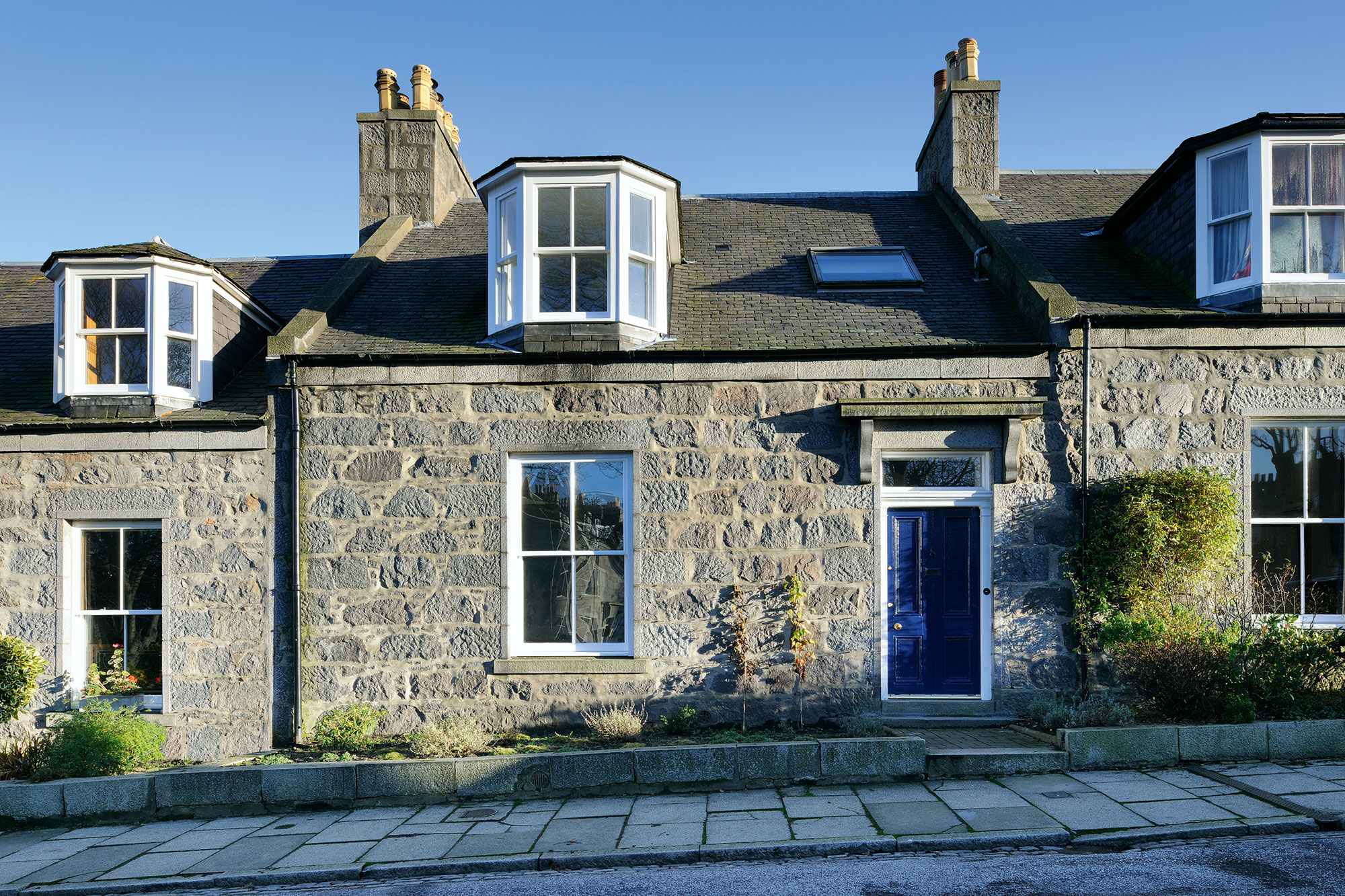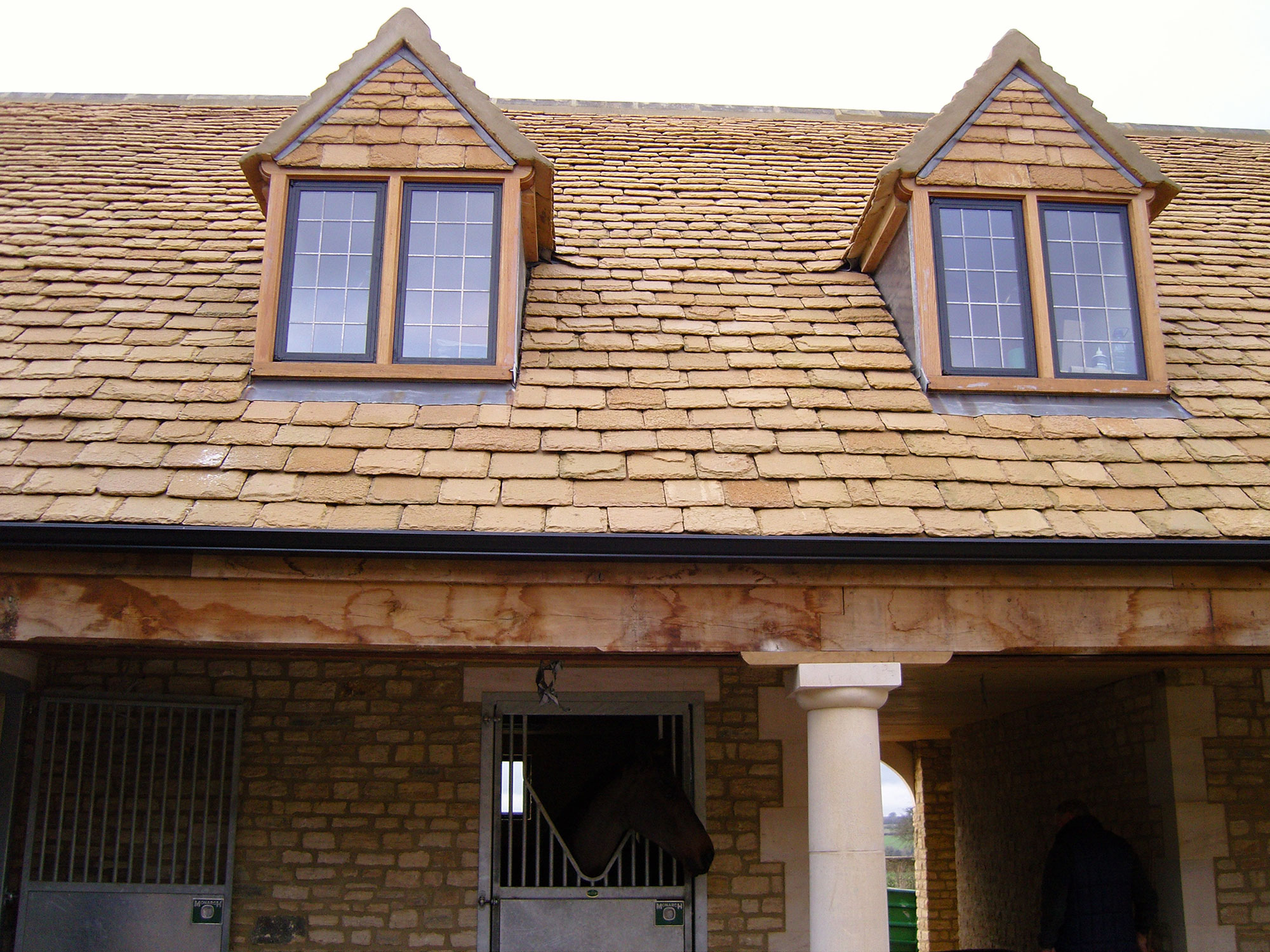As well as providing a protective barrier against the elements, the roof plays a key role in establishing your home’s aesthetic.
If you’re undertaking a renovation, selecting the right roof is a vital part of creating a look that fits with the overall design of your house and blends sympathetically with the locale.
The scope of your roof refurbishment may range from replacing a few broken or damaged tiles to recovering the property entirely.
There are numerous factors to bear in mind, from the size, shape and material makeup of the tiles to planning considerations such as listed building consent and other special designations.
It’s also essential to factor in the pitch of the roof, as some tiles may not be suitable for structures with especially steep or shallow gradients. Of course, budget will play a key role in your specification, too.
Roof tiles & the local vernacular
When it comes to specifying the best roof material for your renovation, location is often a major determining factor.
Some products are synonymous with certain regions of the country, as the predominant look is based on which raw materials can be sourced locally.

Situated in the Ferryhill area of Aberdeen, this traditional Scottish home – renovated by Brown & Brown architects – is topped with a stylish slate roof
While Wales and Cornwall are known for their distinctive slate-topped roofs, homes in the Midlands are more likely to be covered in clay units.
The Cotswolds features a plethora of characterful limestone roofs, while sandstone coverings are popular in Cumbria.
Profiles can be regional, too. “Kent and the south east corner are known for peg and plain tiles, whereas pantiles are the product of choice in Suffolk, Norfolk and up the east coast,” says Mike Chillery, director at Lifestiles.
Home’s exterior materials
The units you choose will also need to complement the other products in your house’s exterior materials palette.
Read more: Roof Tile Design Ideas
“The most important aspects of your home’s facade are the roof finish, brickwork or cladding, and the fenestration,” says Mike. “All of these elements need to balance with each other and be in line with the architecture of the property.”

This property in Gloucestershite features a roof topped with characterful limestone units from Lifestiles
You don’t normally need planning permission to repair or re-roof a house (even if you’re using an alternative material) – unless your property is subject to special designations.
“If you’re in a conservation area you’ll definitely need to consult with the planners regarding the suitability of your tiles,” says Chris Hall from TBS Specialist Products.
The same applies if your property is listed, as you’ll probably have to match the original units or those on nearby dwellings.
Bear in mind that, under the Building Regulations, if you are renovating more than 50% of the surface area of an individual thermal element (such as a roof), then you’ll also need to upgrade the insulation in that location.
The only exception is where it’s not technically feasible to do so (for instance if the rafters are too shallow).
Roof tiles materials
Clay, slate and stone are popular choices for many refurbs, particularly heritage schemes where the roof covering plays a huge part in establishing a characterful aesthetic.
There is, however, a range of alternative solutions available for renovators working with a more limited budget.
Clay
Available in an attractive spectrum of hues from warm reds to rich blues, clay roof tiles offer an alluring aesthetic. They also provide impressive durability, with a service life of up to 60 years.
Browse more options in our Roofing & Rainwater Goods Product Directory:
The post Choosing Roof Tiles for Renovation Projects appeared first on Build It.
Article reference Choosing Roof Tiles for Renovation Projects
No comments:
Post a Comment